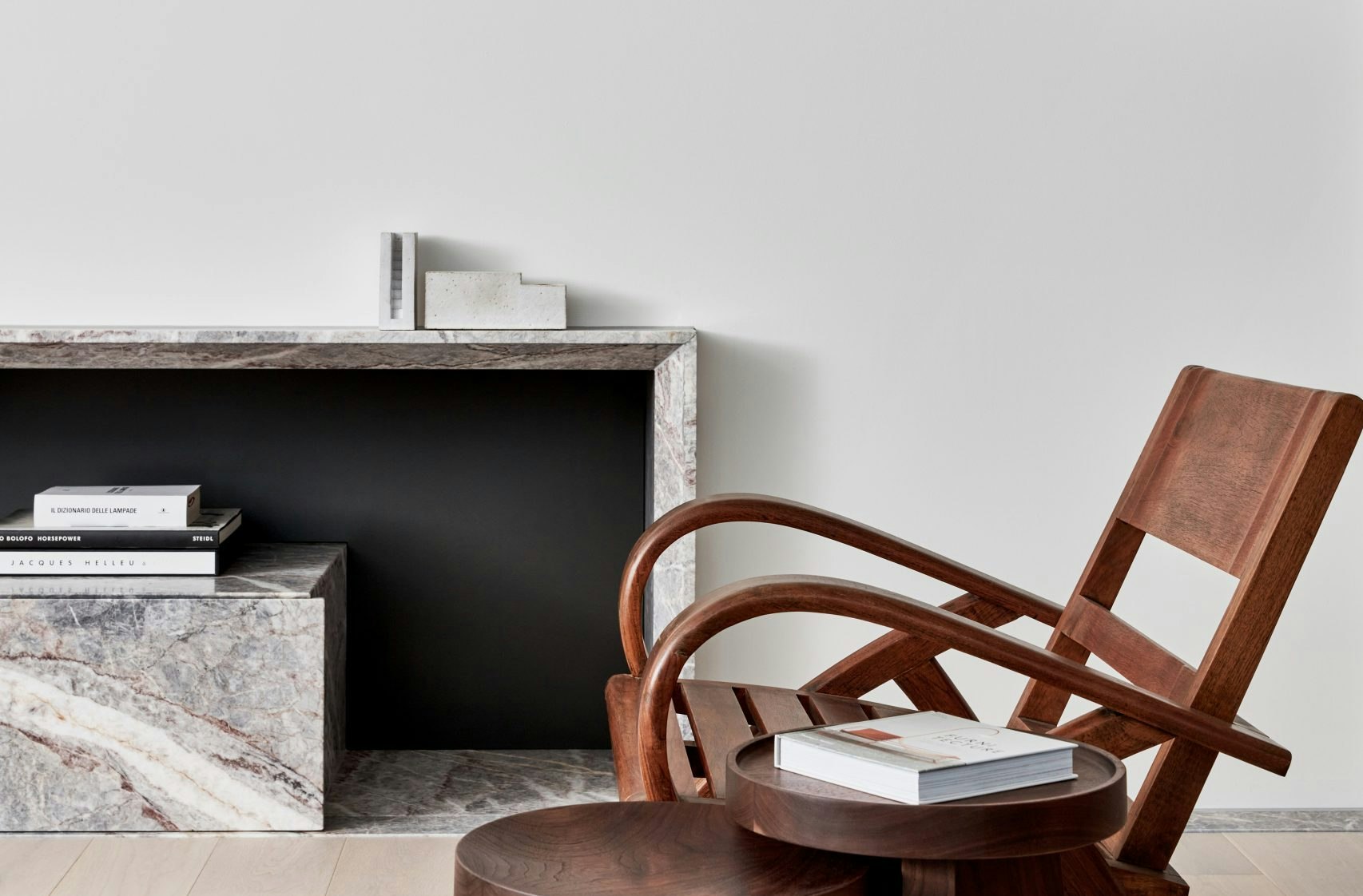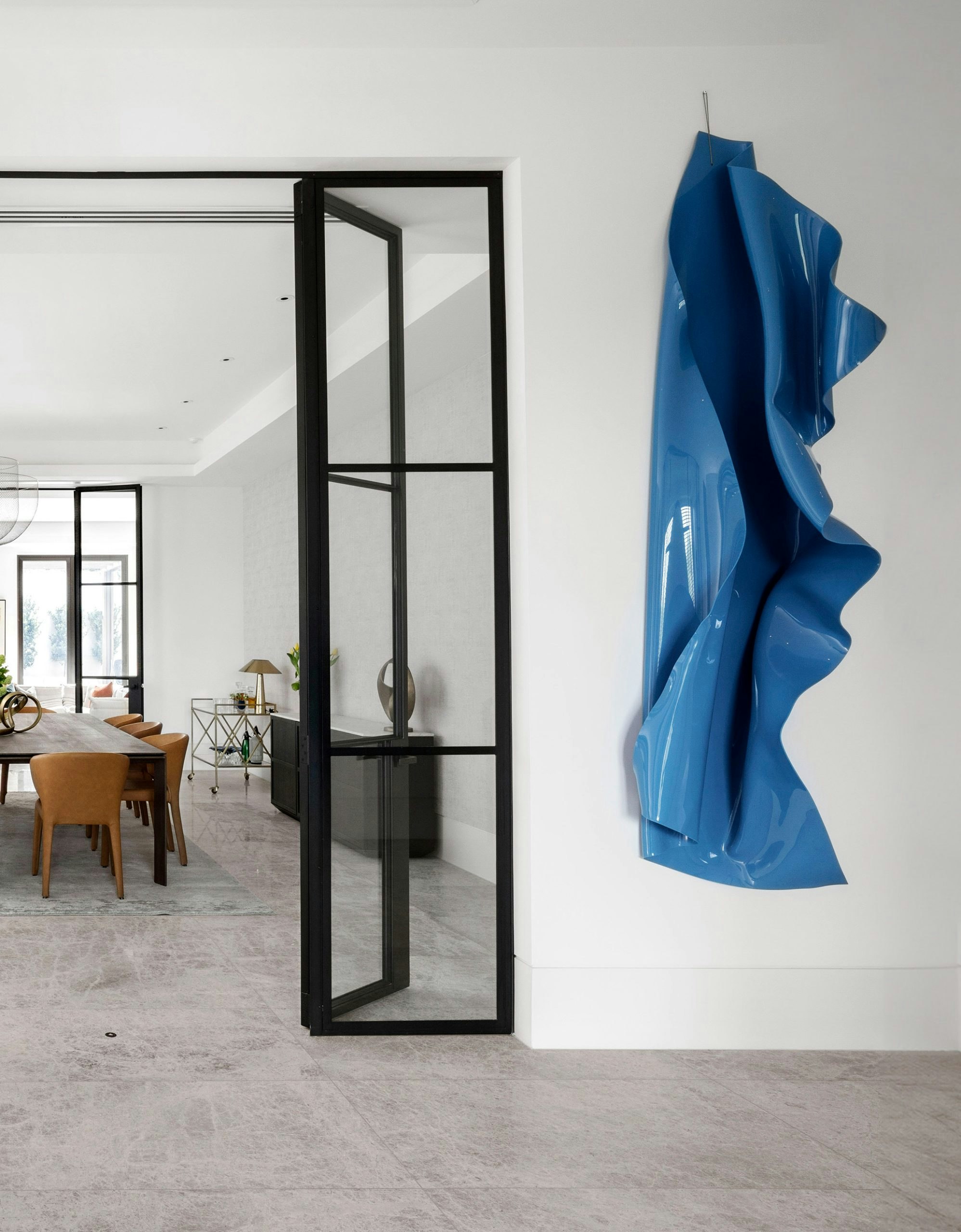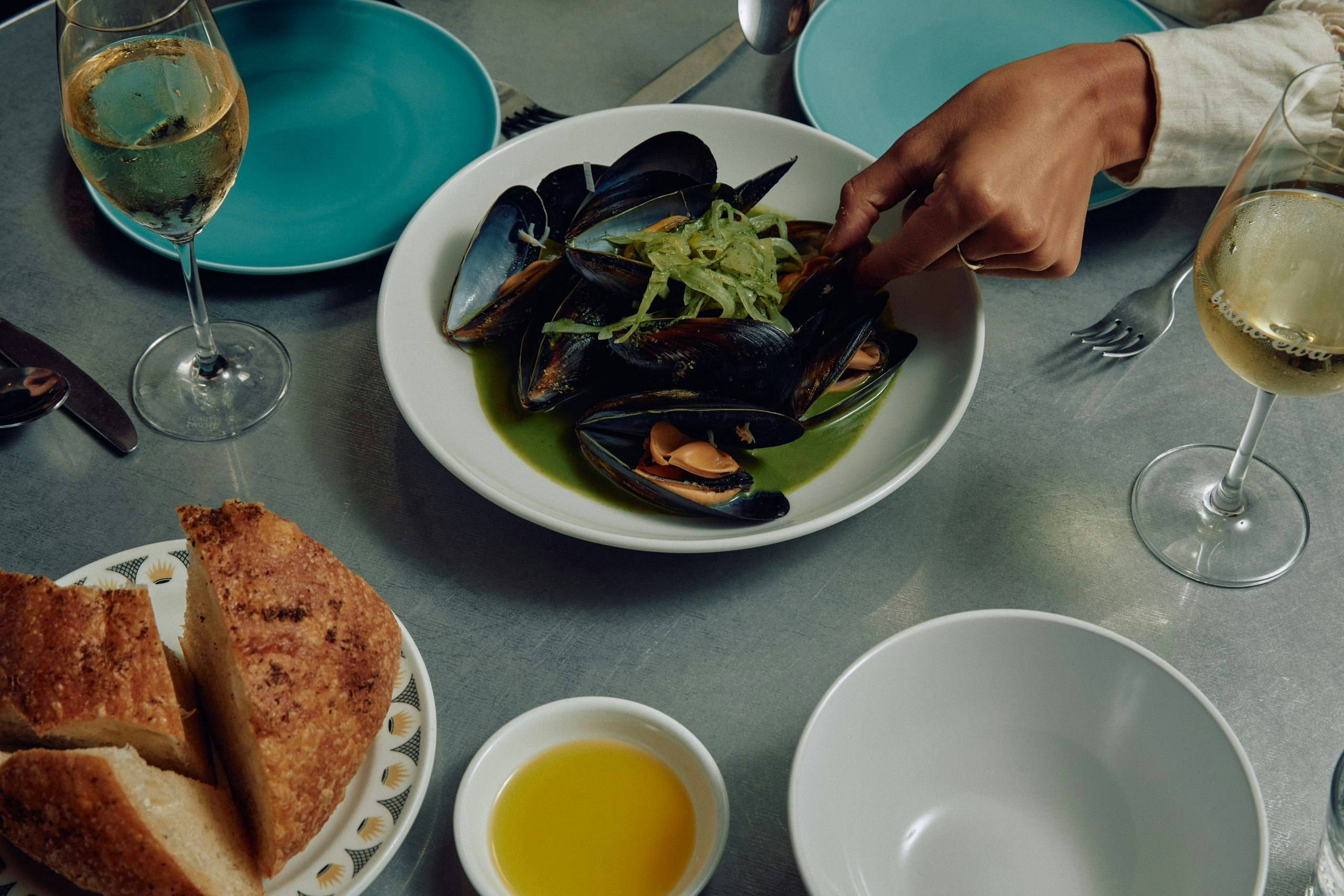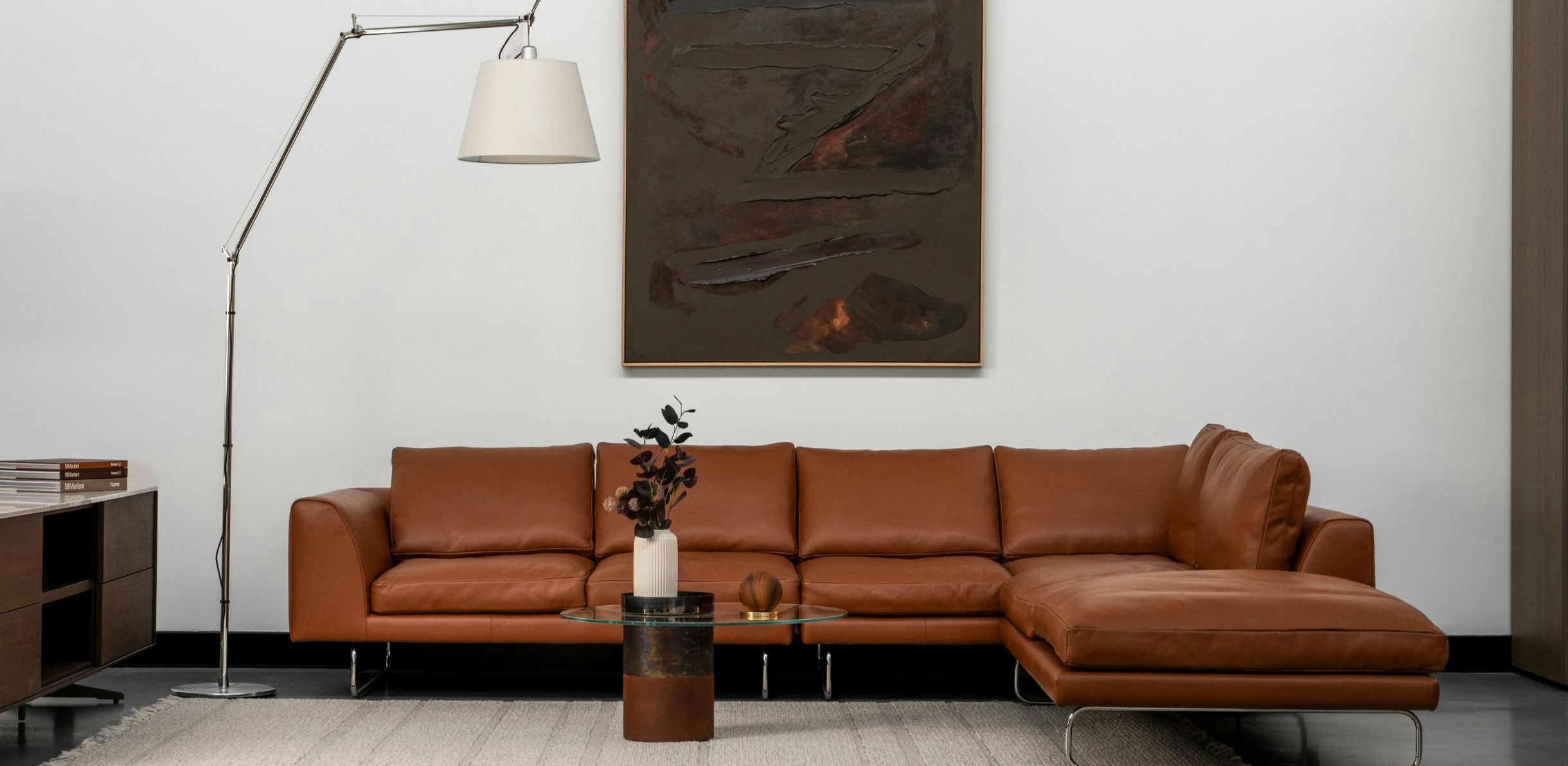The sustainability aspect of handcrafted pieces is also resonating with modern consumers. In a world facing environmental challenges, the move towards locally sourced, ethically produced, and handcrafted items represents a step towards more sustainable consumerism. The small-scale production of handcrafted items also supports local communities and artisans, making it a socially responsible choice. The integration of handcrafted pieces in home interiors is a testament to this shift, as individuals opt for unique, sustainably crafted items to adorn their living spaces.
The growing digital marketplace has played a key role in promoting the handcrafted luxury trend. Online platforms have become a crucial bridge connecting local artisans with a global customer base. They provide a space where artisans can showcase their creations and tell their stories, adding a personal touch to the buying experience.
The direction reflects a broader shift towards authenticity and meaningful consumption. In a market saturated with identical, mass-produced goods, handcrafted pieces offer a breath of fresh air. They provide a sense of connection, adding a layer of value that goes beyond mere aesthetics.
The financial investment in handcrafted pieces also speaks to their perceived value as true luxury items. Consumers are willing to pay a premium for items that are unique, high-quality, and imbued with a personal touch. This shift is encouraging a new generation of artisans to continue honing their crafts, ensuring the survival and evolution of traditional skills and techniques.
As the parameters of luxury continue to evolve, the spotlight on handcrafted pieces brings a new chapter in consumer engagement. Individuals have the opportunity to not only enhance their living spaces with unique pieces but also to partake in a larger, meaningful narrative. Through the lens of handcrafted luxury, the future of consumerism reflects a deeper, more thoughtful and responsible connection with the products we choose to incorporate into our lives.





